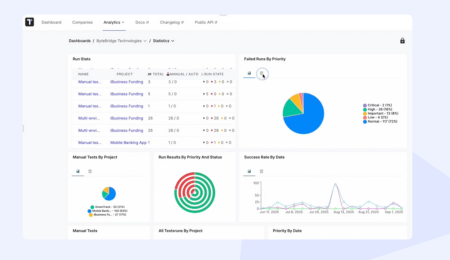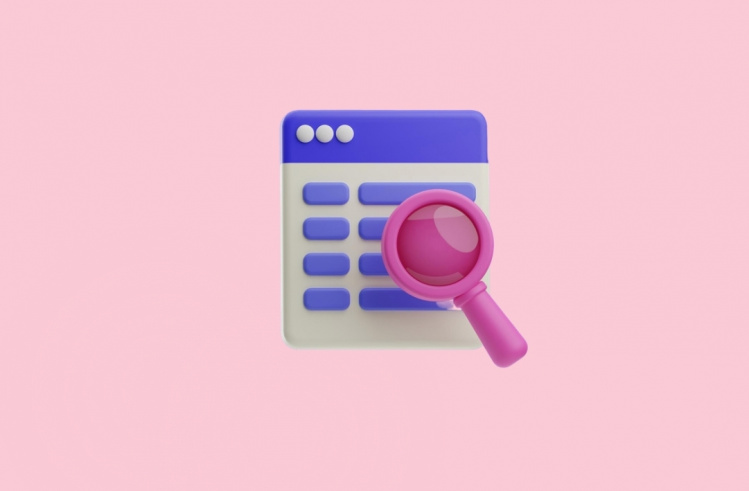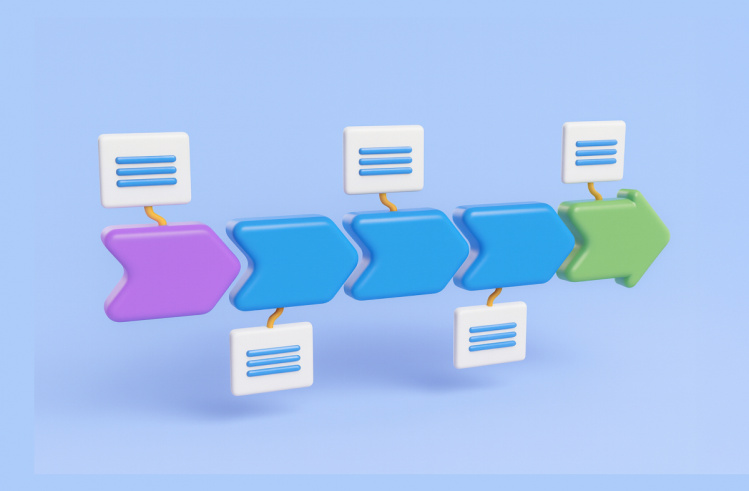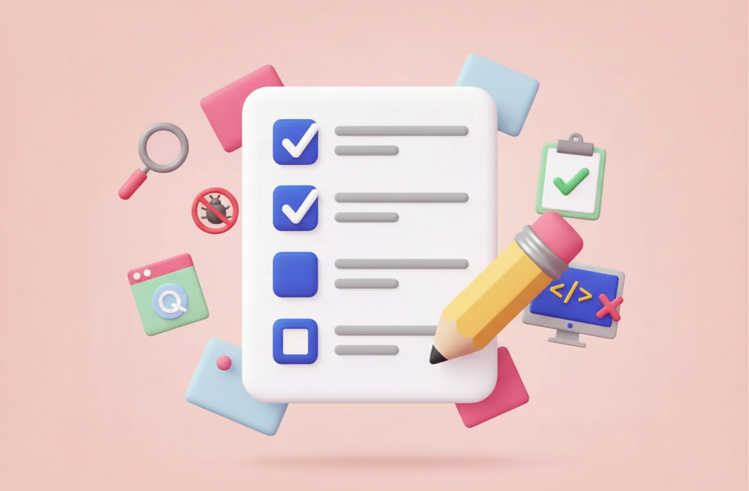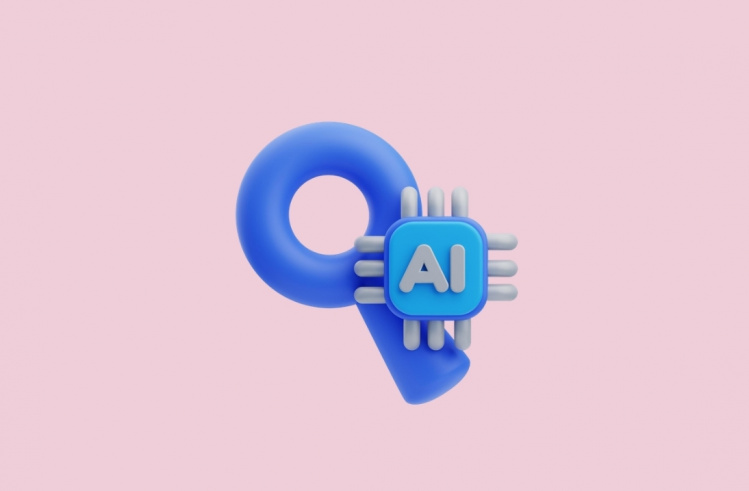Artificial intelligence (AI) holds a key position in the evolution of software development and testing, which advances faster than ever before. When it comes to the integration of artificial intelligence into the test automation process, it changes the way software products are tested and launched. The reason for intelligent test automation is the growing demand for faster and more reliable software deployment. Customer Think reports that organizations adopting AI-based automation can reduce testing cycles by 40%, saving resources and boosting QA productivity and efficiency. Especially, it is true for regression testing in complex applications.
In this article, we will reveal what AI automation testing is, its key components and common use cases, overview benefits and limitations, and share actionable tips to help you get started with AI-powered test automation. Let’s get started 😃
What is AI in Test Automation?
When we talk about AI in testing automation, we mean a type of software testing where artificial intelligence (AI) is applied to improve and make the testing process more streamlined and simple. Originally, AI automation testing is faster when there is a need to retrieve data, run tests, optimize test coverage, and identify bugs and other anomalies.
Key Components of AI For Automation Testing
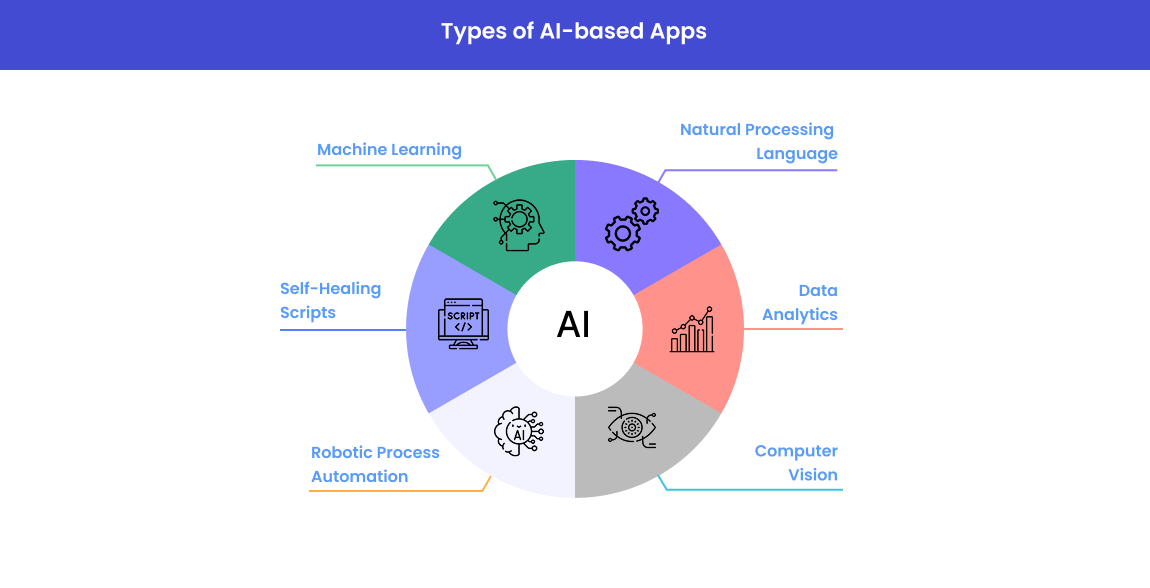
- Machine Learning (ML). ML-based algorithms are main in AI automation testing in terms of their ability to learn from historical data, identify patterns, and forecast potential defects or anomalies.
- Natural Language Processing (NLP). In the context of testing, NLP equips AI automation testing tools with the ability to understand and interpret human language. While testing teams can use plain language for writing test cases, the AI automation testing tool can then turn them into scripts for further execution.
- Data Analytics. With advanced data analytics incorporated into AI testing tools, teams can assess large volumes of test data and extract meaningful insights. Artificial intelligence can also be used for test results analysis to detect recurring issues or performance faults.
- Computer Vision. AI-driven image recognition helps detect visual anomalies in highly descriptive UIs and maintain consistent visual layouts.
- Robotic Process Automation (RPA). When RPA integrates with AI, it enables the automation of repetitive, rule-based tasks – data entry, report generation, and environment setup, which can be performed within the testing lifecycle to let testing teams concentrate on more strategic activities or processes.
- Self-Healing Scripts. With these scripts, AI-based tools can automatically update scripts when either the UI or code changes, minimizing the maintenance efforts of the software development team.
Use Cases of AI in Test Automation: How to use AI in automation testing
Artificial intelligence has had a major impact on automation testing that we can’t ignore. The uses of artificial intelligence in software testing for automation cover more use cases:
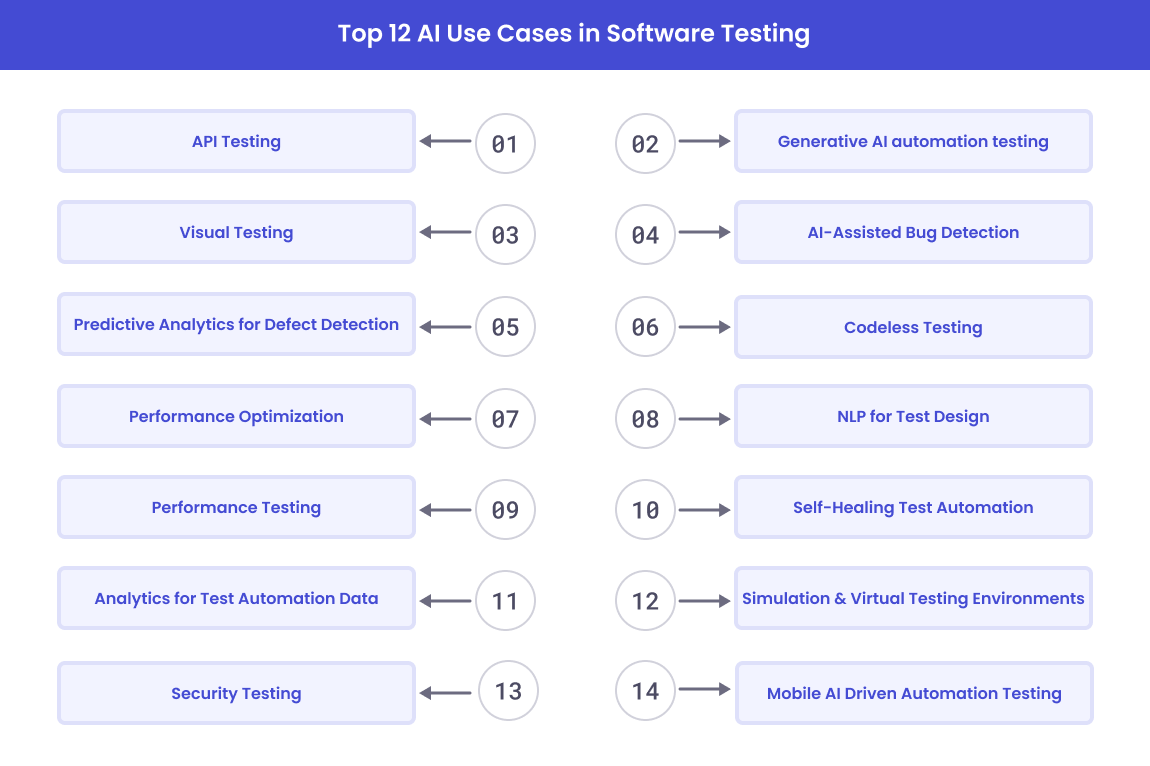
API Testing
With AI tool for automation testing, the process of API testing is more simple in terms of faster test cases generation, responses validation, and continuous monitoring of API performance. When used, it provides thorough API test coverage and helps detect issues before they impact production.
Visual Testing
AI-driven visual testing tools are used to detect UI inconsistencies across different environments. They can analyze screen elements, validate layout transitions, image misalignments, and incorrect colors to make sure that user interfaces are pixel-perfect based on the number of visual changes incorporated.
Performance Testing
When applying AI for performance testing, it enables analyzing performance data and predicting potential bottlenecks in the application that is being tested. Thanks to this approach to performance testing, developers can address performance issues in early development process.
Analytics for Test Automation Data
Tests generate vast amounts of data, which must be analyzed to derive meaning. The addition of AI to this process significantly improves its efficiency. AI-powered algorithms may discover and classify faults. More powerful AI systems can detect false negatives and genuine positives in test scenarios.
Predictive Analytics for Defect Detection
With predictive analytics, testers apply historical data from previous test results, code quality statistics, and defect patterns to create ML-based models. These models will help them uncover potential defects and predict future bugs by analyzing current test results in real time and identifying patterns and anomalies. Thus, they can optimize their testing strategies and accordingly allocate resources.
Generative AI automation testing
Generative AI generates information from diverse sources to create an array of test cases that cover a wide spectrum of scenarios. It provides a comprehensive testing process across a wide range of data inputs and helps in detecting potential bugs and anomalies.
AI-Assisted Bug Detection
AI can identify patterns that indicate potential bugs or issues even before traditional tests have been run. This predictive capability can help testers focus on areas that are more prone to defects.
Codeless Testing
Testing without code allows the testing teams to create automation test scripts without using programming languages. With visual interfaces, drag-and-drop functionalities, and sometimes natural language processing, they are able not only to design but also keep control of test cases through more intuitive and user-friendly ways.
Natural Language Processing for Test Design
With NLP, tools can extract requirements from user stories, use cases and functional specifications and automatically generate test cases in a structured format. They can also update test cases as requirements evolve to reduce manual testing effort and ensure better test coverage.
Self-Healing Test Automation
AI-driven algorithms in self-healing test automation identify, analyze, and dynamically update test scripts whenever application changes happen in the UI. It saves time and effort for QAs to maintain test scripts and continue execution of test cases, even when changes are made to the app under test.
Simulation & Virtual Testing Environments
AI-driven test automation can be used to create virtual environments where software can be tested under different conditions and scenarios. By simulating real-world situations, teams can test the software’s robustness and resilience – either network disruptions or hardware failures. Here we can include cross-browser testing.
Mobile AI Driven Automation Testing
AI-based tools can analyze UI and user interactions in mobile applications and check layout inconsistencies and performance issues to speed up mobile testing. Simulate testing on various devices.
Security Testing
AI test automation tool is built to scan code for security loopholes and find weak points in both APIs and web applications. It helps detect vulnerabilities and prevent potential cyberattacks and data breaches before deployment.
Benefits of AI software testing automation
Now, traditional testing methods struggle to keep up because organizations strive to deliver software solutions faster. With AI-driven test automation, they significantly streamline the testing process. Let’s discover more benefits below:
- Teams eliminate the need for manual data creation by automatically generating test cases and maintaining scripts while enhancing the efficiency of the process.
- Teams analyze historical and current data, predict areas which are likely to fail, and proactively address them before potential issues arise.
- Teams can focus on high-risk areas of the application and, through intelligent test execution, run tests based on various factors, such as code changes, historical results, and user behavior analytics.
- Teams integrate AI into CI\CD pipelines to carry out continuous testing.
- Teams identify edge cases and provide continuous testing coverage.
- Teams detect issues faster, leading to long-term cost savings.
- Teams quickly resolve UI issues to improve the overall user interface, delivering a more aesthetic user experience.
Limitations of AI in automation testing
Despite its benefits, AI automation testing has some drawbacks to consider:
- When it comes to implementing AI-powered testing tools, it demands an initial investment of money, as commonly AI-powered testing platforms require a subscription.
- AI systems require training and expertise from team members in order to manage AI test automation more effectively.
- AI can’t perform exploratory and usability testing, which require the intuition of humans.
- While AI can reduce test maintenance, it still requires oversight and periodic updates.
- There is a need to have enough quality data for AI’s effectiveness.
- In terms of “low-code” platforms, test creation is getting more intuitive and accessible to non-engineers.
AI and Automation Testing: Tips To Follow
When you think of implementing AI in test automation to streamline processes and improve testing efficiency, it is crucial to follow some key strategies to get the best results from AI integration.
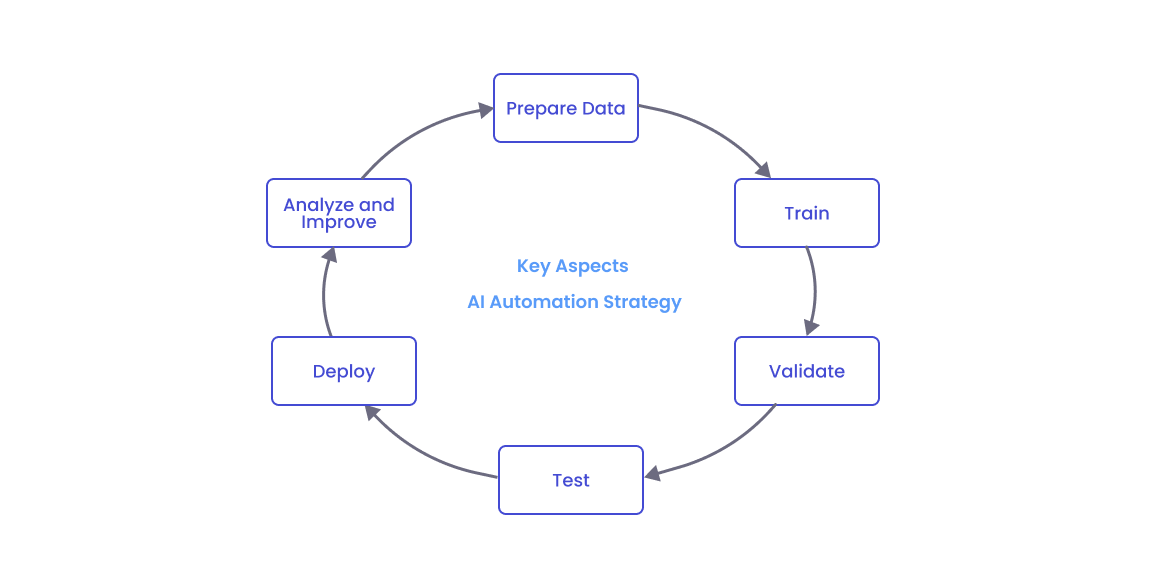
Here are some tips to help you implement AI in your test automation process:
- From the very start of using AI in your testing process, you need to define what you want to achieve with it – improve the test coverage, reduce the test execution time, speed up test case generation, etc.
- You need to train your QA teams so that they can use AI tools effectively.
- You need to understand how the AI tools work and how to use them. So, start by automating a few key areas to try it and only then scale up.
- You need a lot of relevant data to train AI to produce the best results. If you use a small or biased dataset, you face overfitting and get unreliable results.
- You need to balance the testing capabilities of AI tools with human problem-solving skills to get the most out of the AI test automation process.
Check out some of our other posts:
CodeceptJS AI Self-Healing Capabilities in Your Testing
Codeceptjs testing framework is one of our team’s developments, embraced by teams worldwide. It supports the AI Test Self-healing functionality for Automated tests, which boosts UI test reliability by smartly fixing broken selectors. When UI updates alter classes, IDs, or DOM structures, static locators often fail. Codeceptjs analyzes past selectors and pattern matching to locate elements, keeping tests on track. Look of how it works:
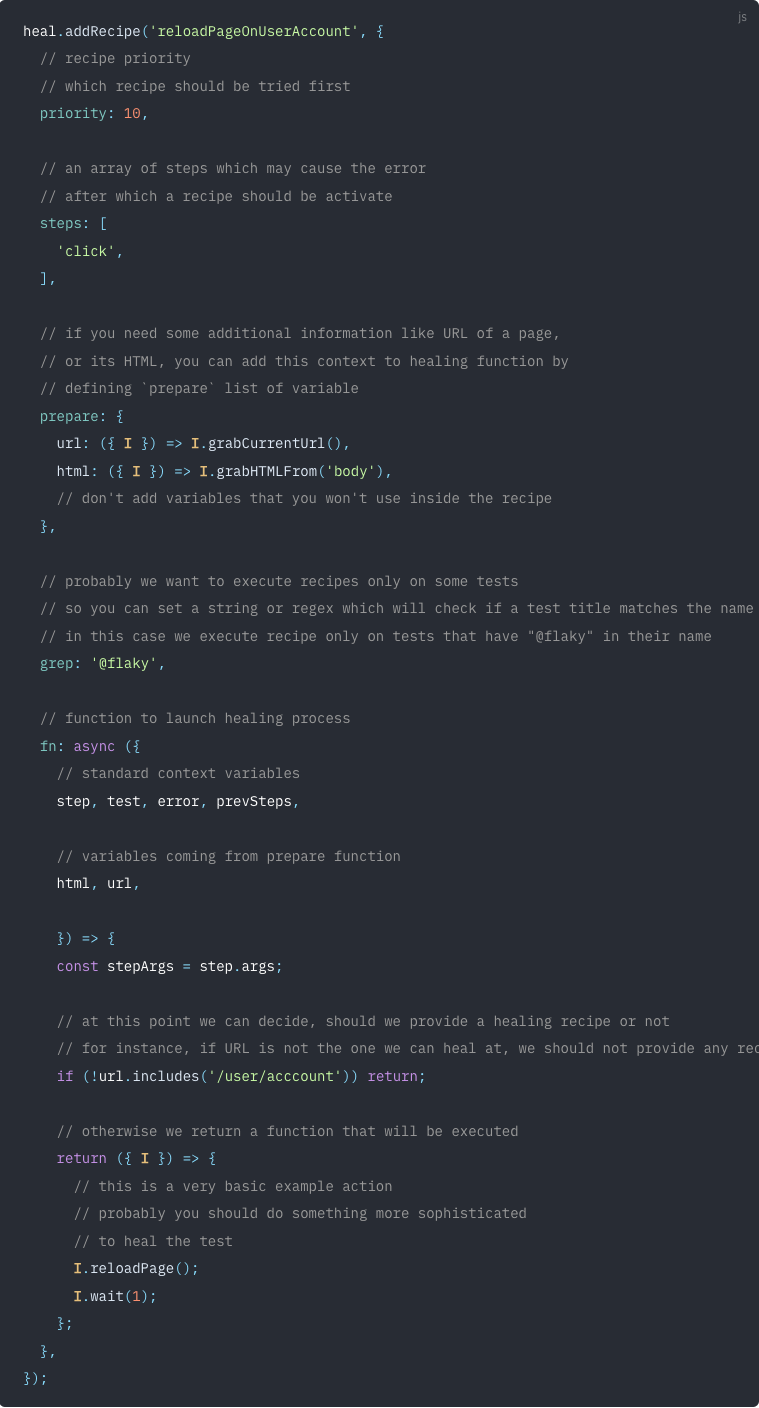
The key benefits of Codeceptjs AI Healing are the slashing of maintenance costs and flaky test failures in dynamic web apps.
Powered AI Automation Test Management
Test Management System plays a crucial role in the testing process, especially when it is fueled by AI-powered automation testing. This combination is a key in modern testing ecosystems. Not only provides sync manual and automated tests in a single test platform for efficient organization, execution, and analysis. It drives efficiency, quality at speed, and smarter QA decisions in automation.
You can see the stack trace and exception to know where the error is located.
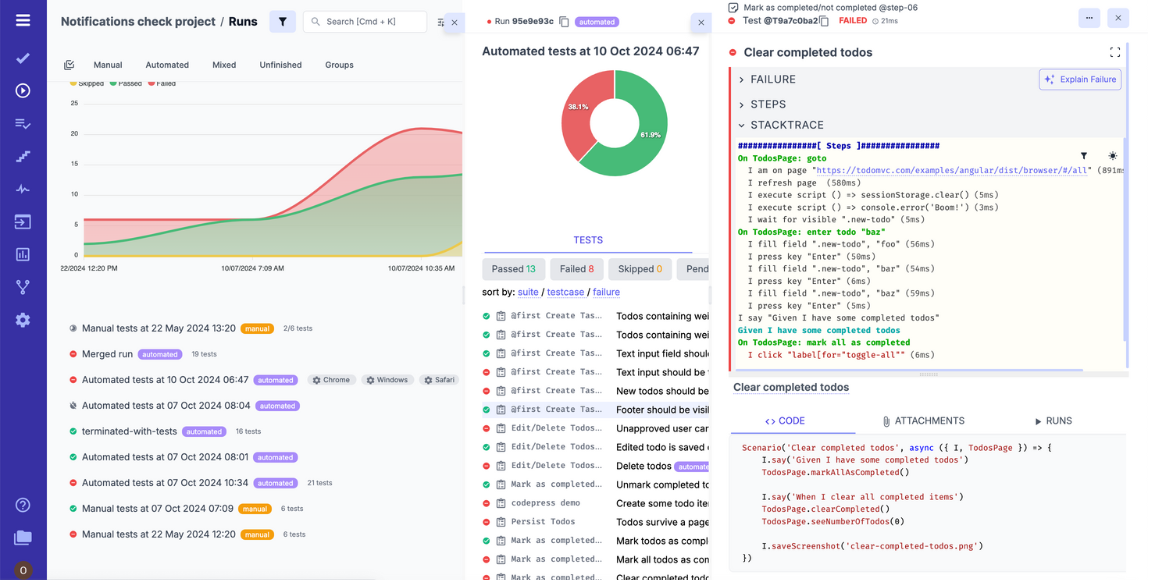
AI-Driven Reporting & Analytics apply AI to historical test trends, a TMS can surface intelligent insights, such as predicting flaky tests, identifying performance bottlenecks, or highlighting coverage gaps. This empowers teams to make faster, data-backed QA decisions.
If you press the button Explain Failure, you can see the recommendation on how to fix the framework broken by the error in the code.
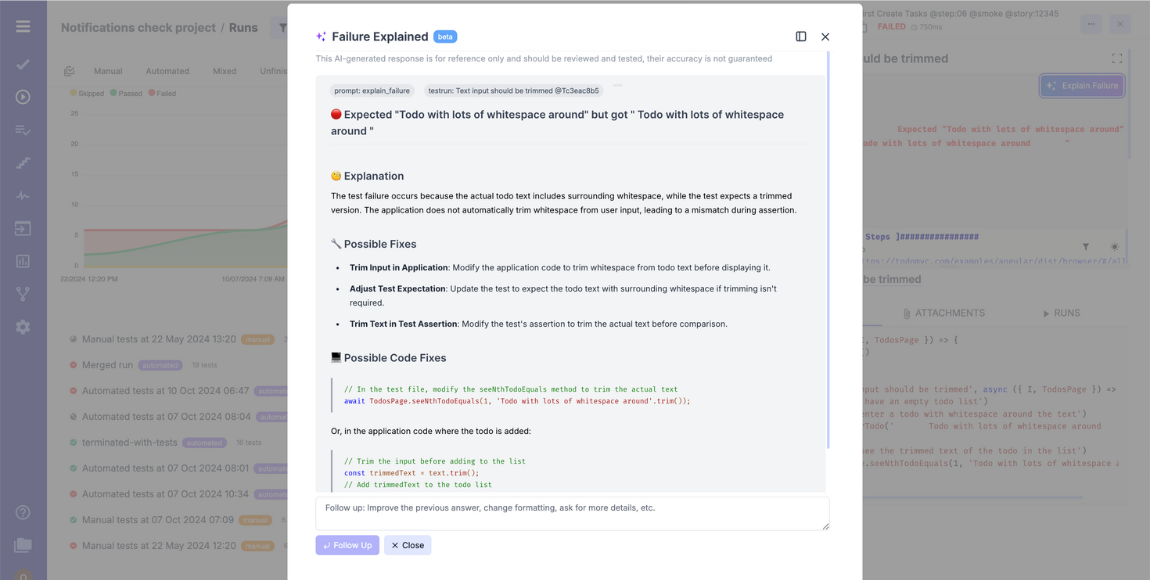
Bottom Line: Future of AI in Test Automation
AI technology changes test automation thanks to intelligent test case generation and test cases management, bug/issue detection and report generation. In many ways, AI speeds up software testing and automates repetitive tasks, but there is no one-size-fits-all solution in testing. QA testers are still irreplaceable for their cognitive skills, creativity, and problem-solving abilities. In many ways, AI can not identify unexpected user behavior or minor inconsistencies in interfaces.
Even with more sophisticated intelligent ai based automation testing solutions, the future of automation testing succeeds through a collaborative approach where testers can use their emotional intelligence while AI assists them. However, if AI-powered tools could create self-healing tests which automatically adjust to UI changes, it would be really innovative. We are convinced that using the strengths of both AI and human experts leads to achieving the highest quality software possible. If you are interested in AI-based automation testing or have any questions, feel free to reach out to us here.
